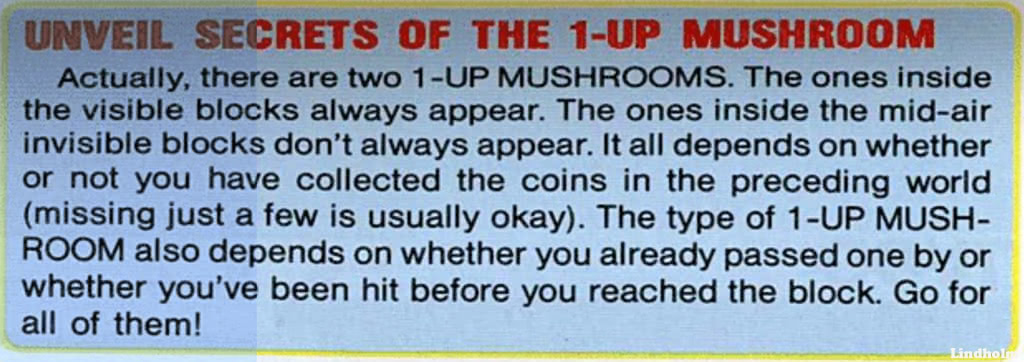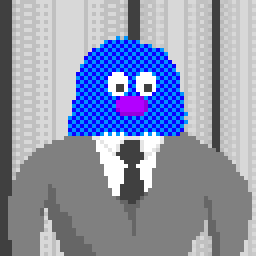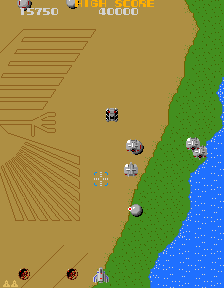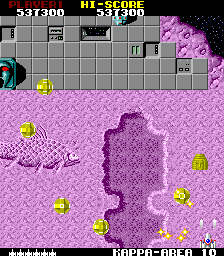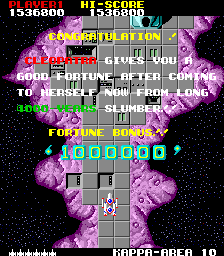It’s been some time since we had one of these obsessive quirk videos. I’d been feeling a bit self-conscious about using them a lot I suppose, plus none of them struck my brain the right way. Well, here’s one that’s pretty good, from Youtuber Bringles (21 minutes):
I won’t like this will be mostly interesting to people who are familiar with the game, but I should explain a few things in case you aren’t but still want to watch.
A “superguard” is a special mechanic in TYD. After the concept was pioneered with Super Mario RPG, the first Paper Mario also included a timed reaction move, often a button press, you can do in response to enemy attacks to reduce damage. But singe the first two Paper Mario games purposely keep their battle numbers pretty low, with most attacks doing single digit damage, sometimes even just one or two points, any reduction to that ends up being significant.
Those moves are called guards. Thousand Year Door goes a step further, with superguards. If your reactive button press happens within a three frame window of the attack’s impact, your character will often take no damage. That’s really strong, which is why both the frame window is so slight and way some enemies play cagey timing games with their attacks to try to trick you into guarding early or late.
One of the things the video reveals is that, in Western releases of the game, nearly every non-item attack in the game can be superguarded. The Japanese version, which was released first, has a lot more attacks that can’t be superguarded, making this a mechanic that was un-nerfed.
Another interesting mechanic revealed by the game is how a lottery in the game works. Players draw a ticket and try to match a four-digit number. You might expect that to work randomly, but it’s much less random than you’d think. Instead it decides how many real-world game days (using the Gamecube’s real-time clock) it’ll be before each of the four tiers of prices will be won. The number of days is random, but only by a bit: it’ll still be a while before the wins happen, but within a limited range. The highest prize won’t be won until at least 335 days since the game was started. There is no chance of winning it before then! That might sound unfair, but since it’d be a 1-in-10,000 chance of winning it fairly, it’s more bending the odds in the player’s favor. Although honestly, who would even be playing the same game of PM:TYD nearly a year after beginning it?
One more thing you should know is that TYD has this stageplay aesthetic in its battle sequences, which take place on a wooden stage in front of an audience of Mario characters. Some enemies play around with the stage (like hanging from the ceiling), but the audience also can play a role in the fights. The video reveals that two particular kinds of audience members don’t trigger randomly as one might expect, but react to certain failures of the player’s behalf during combat. X-Nauts throw rocks if an attack hits but does zero damage (like if the target is invulnerable or guarding), and Hammer Bros. throw hammers at you if Mario misses with a Hammer attack, in something like a display of hammerer pride.
It’s an interesting video all in all, concerning a game that’s much deeper than it may seem at first.
Obscure Mechanics in Thousand Year Door (Youtube, 21 minutes)

